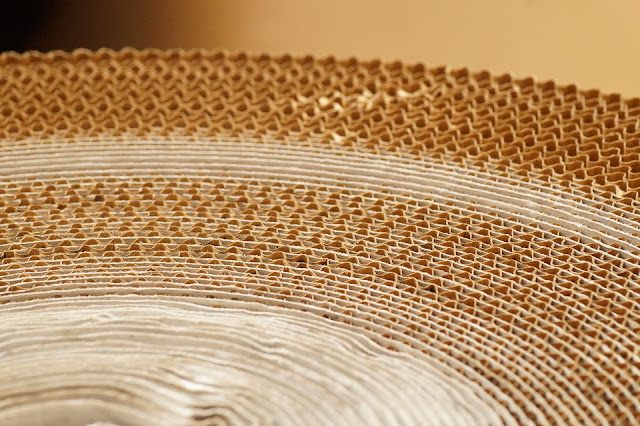Elevate Your Packaging Game: A Comprehensive Look at Post-Printing Machines Introduction: In the ever-evolving landscape of packaging, staying ahead of the competition requires innovation and efficiency. Post-printing machines have emerged as game-changers in the packaging industry, offering manufacturers unparalleled flexibility and quality in producing corrugated boxes. This comprehensive guide aims to delve into the world of post-printing machines, exploring their functionalities, benefits, and the transformative impact they have on elevating packaging standards. Understanding Post-Printing Machines: Post-printing machines are integral to the manufacturing process of corrugated boxes, enabling the application of graphics, text, and branding onto pre-formed boxes. Unlike pre-printing methods, which occur before corrugation, post-printing takes place after corrugation, allowing for greater customization and efficiency. Types of Post-Printing Machines: Flexographic Printing Presses: Th...
Why Packaging Prices Continue To Increase ?
There are several reasons why packaging prices continue to increase:
- Raw material costs: The cost of the raw materials used to make packaging, such as paper, plastics, and metals, can fluctuate based on supply and demand. When there is a shortage of raw materials, the price can increase.
- Transportation costs: The cost of transporting packaging materials from the manufacturer to the packaging supplier and then to the end-user can also impact the price. Fluctuations in fuel prices and transportation fees can drive up costs.
- Labor costs: Labor costs can also impact the price of packaging. As wages increase, so does the cost of producing and supplying packaging materials.
- Inflation: Inflation can cause the cost of goods and services to rise, including the cost of packaging materials.
- Tariffs and trade disputes: Tariffs and trade disputes between countries can cause the cost of imported packaging materials to increase.
- Environmental regulations: New environmental regulations can require packaging manufacturers to use more expensive materials or change their manufacturing processes, which can increase costs.
All of these factors can contribute to the rising cost of packaging. It is important for businesses to work with their packaging suppliers to find ways to mitigate these costs while still providing high-quality packaging for their products.

Comments
Post a Comment